Every realtor strives to capture the attention of potential buyers, but many fail due to lackluster and inconsistent real estate photos. In today's digital world, where photographic technology reigns supreme, the real estate industry cannot afford to be left behind. This is where 3D real estate photography comes in. By utilizing this specialized photography style, you can make your property listings stand out and attract more buyers or renters.
What is 3D Real Estate Photography?
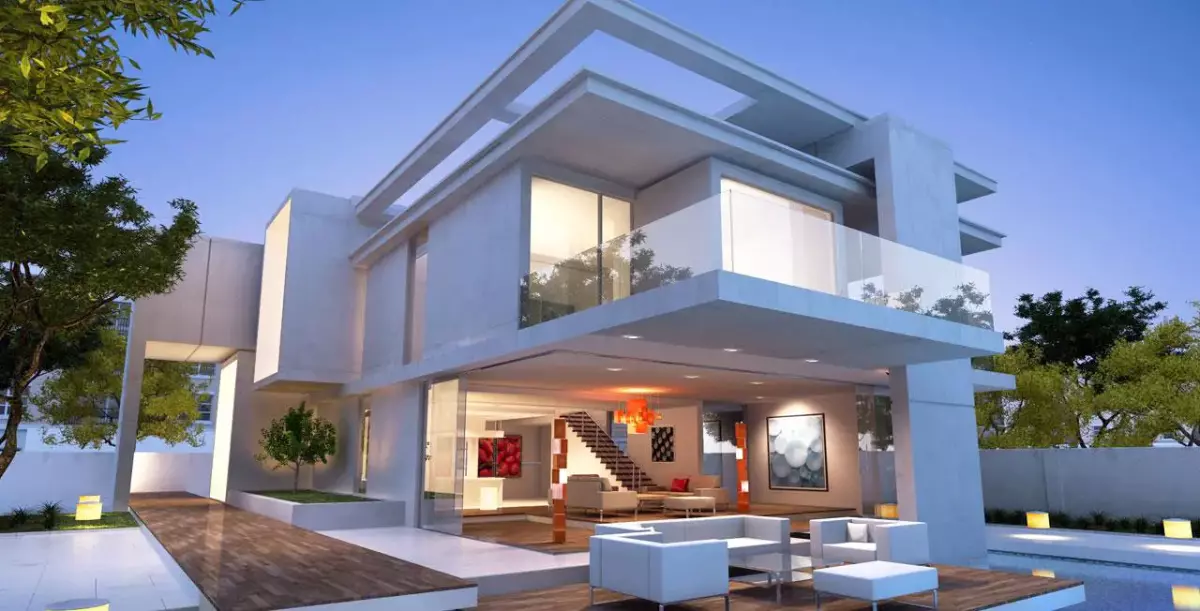 3D real estate photography is a specialized photography style that captures a three-dimensional representation of a property for sale or rent.
3D real estate photography is a specialized photography style that captures a three-dimensional representation of a property for sale or rent.
The goal of this photography style is to showcase properties in the best possible light and attract potential buyers or renters. 3D real estate photos combine still photos, videos, and 360-degree panoramas to provide a comprehensive view of the property. Whether you want to highlight the upselling points, promote real estate listings, or enhance your social media marketing, 3D real estate photography is the way to go.
To capture these stunning 3D shots, real estate photographers use specialized equipment, software, or a series of cameras. The images are then stitched together to create a virtual tour that allows potential buyers or renters to explore the property as if they were physically present.
Styles of 3D Real Estate Photography
When you search for "real estate property near me" on Google, you'll come across various listings, including popular sites like Zillow. Among them, you'll find URLs that offer 3D virtual tours. These tours provide a fascinating and immersive experience, showcasing the property from all angles. Let's explore the different styles of 3D real estate photography.
Dollhouse View
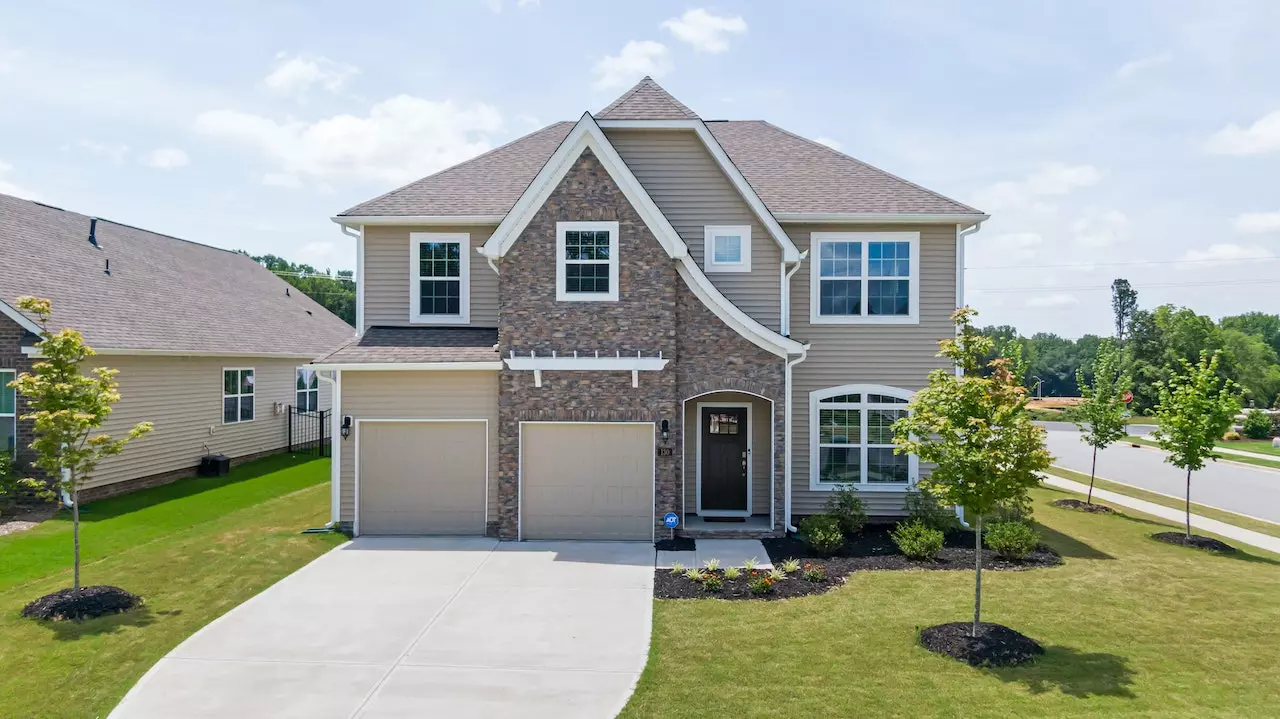 Dollhouse view is a three-dimensional photography style that presents a miniature version of a real estate property.
Dollhouse view is a three-dimensional photography style that presents a miniature version of a real estate property.
The dollhouse view displays a 3D model of the property, allowing viewers to explore the virtual environment. This style is particularly useful for interior design and property architecture, as it helps experts visualize the space in detail.
Aerial Close Up View
 Aerial close up view involves capturing high vantage point shots of properties using drones or helicopters.
Aerial close up view involves capturing high vantage point shots of properties using drones or helicopters.
With aerial close up view photography, real estate photographers can create captivating and visually outstanding images of properties. This style highlights the layout, location, and size of the property, providing potential buyers with a bird's-eye view.
Eye Level Shots
 Eye level shots are captured from a height of approximately 5 feet above the ground, showcasing the entire property space.
Eye level shots are captured from a height of approximately 5 feet above the ground, showcasing the entire property space.
By taking eye level shots, real estate photographers can provide potential buyers with a realistic and symmetrical view of the property. These shots create a sense of immersion and allow buyers to experience the property as if they were physically present.
Floorplan or Bird's-Eye View
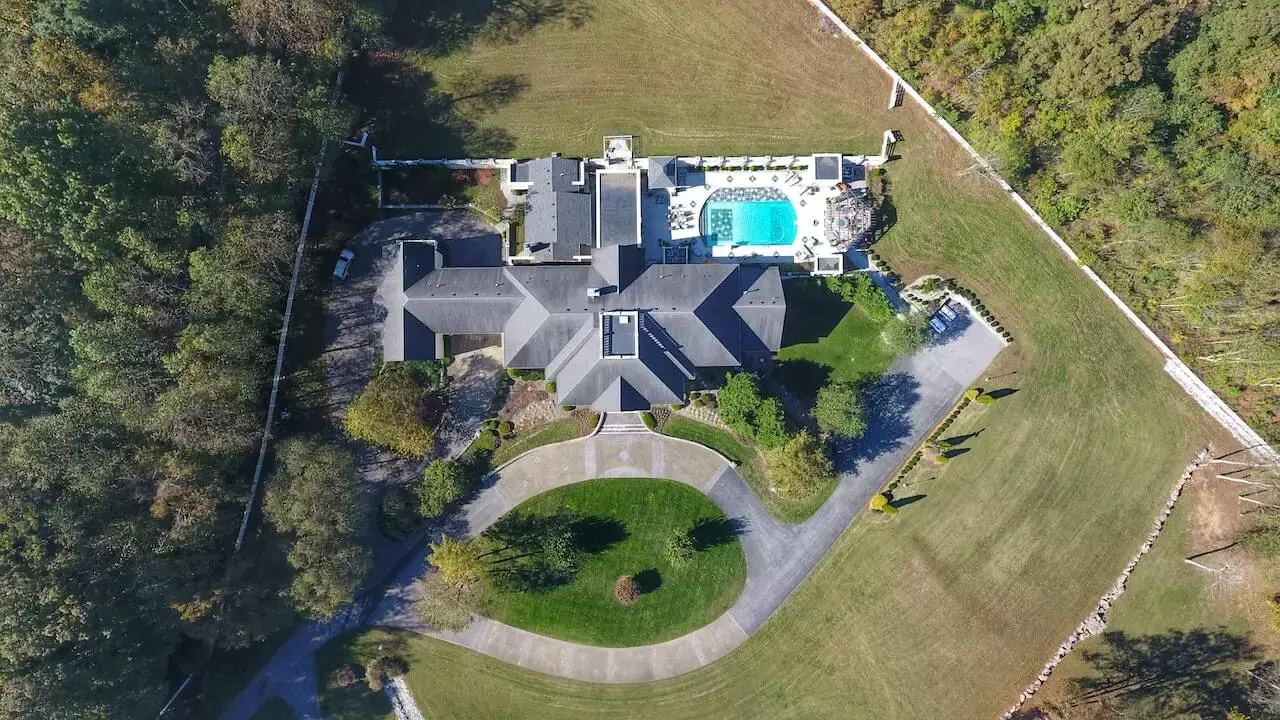 Floorplan, or bird's-eye view, captures a virtual 3D model of a building's floor plan from a high vantage point.
Floorplan, or bird's-eye view, captures a virtual 3D model of a building's floor plan from a high vantage point.
This technique offers a 360-degree view of the property, combining high-quality 3D images with an accurate floor plan. It provides potential buyers with a clear overview of the property's layout, helping them visualize the space and make informed decisions.
3D Walkthrough - 3D Virtual Tours
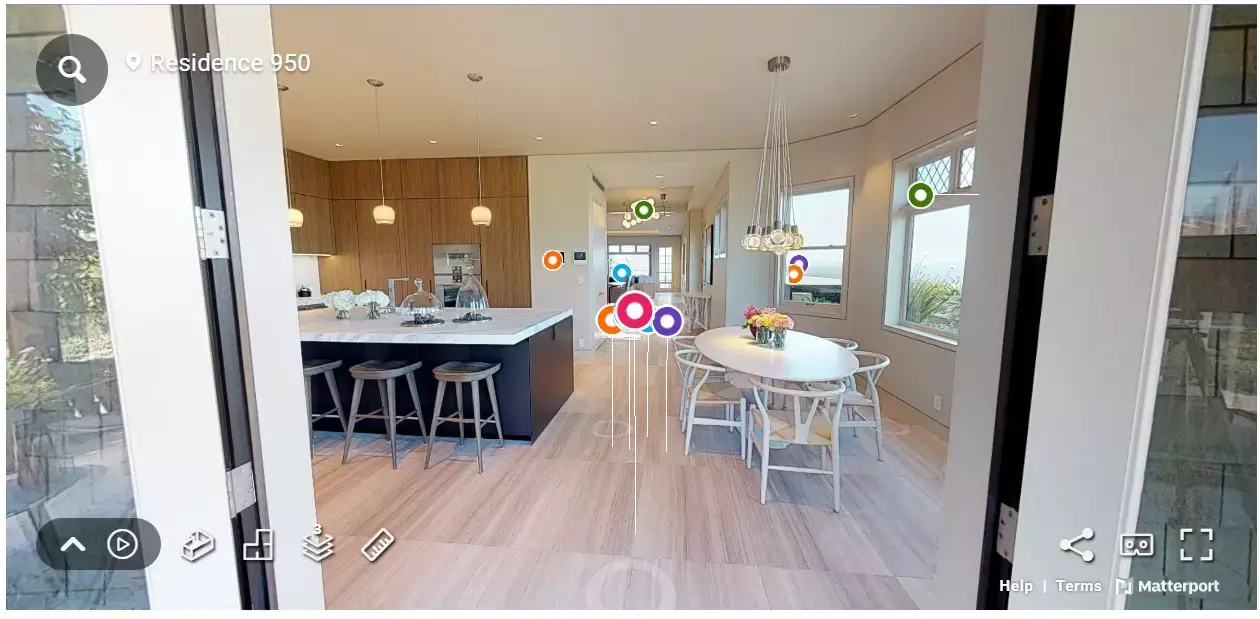 3D walkthrough, or 3D virtual tour, captures images of the property from all angles, creating an immersive experience.
3D walkthrough, or 3D virtual tour, captures images of the property from all angles, creating an immersive experience.
With 3D walkthroughs, real estate photographers use special cameras and software to capture shots from multiple perspectives. These images are then stitched together to create a seamless 3D model of the property. Potential buyers or renters can explore every nook and cranny of the property, even if they're unable to physically visit. This fosters a sense of presence, excitement, and exploration, ultimately helping properties sell or rent quickly.
What is Included in 3D Real Estate Photography?
To ensure that your 3D real estate photography stands out, there are some essential guidelines to follow. These include:
- 2 point perspectives or 1 point perspective to showcase the available space or multiple levels
- Compositional techniques such as the Rule of Thirds, Symmetry, Negative Space, and Leading Lines
- Consistent lighting for a cohesive look
- Comprehensive room documentation
- Wide field of view to capture more details
Now let's delve into different types of 3D real estate photography.
Residential Real Estate Photography
 Residential 3D real estate photography showcases the layout, location, and amenities of residential properties.
Residential 3D real estate photography showcases the layout, location, and amenities of residential properties.
This specialized photography style captures the essence of residential properties, attracting potential buyers or renters. According to the National Association of Realtors (NAR), 97% of home buyers search for homes online. By offering 3D tours, you can significantly increase engagement and boost their confidence in making purchasing decisions.
Commercial Real Estate Photography
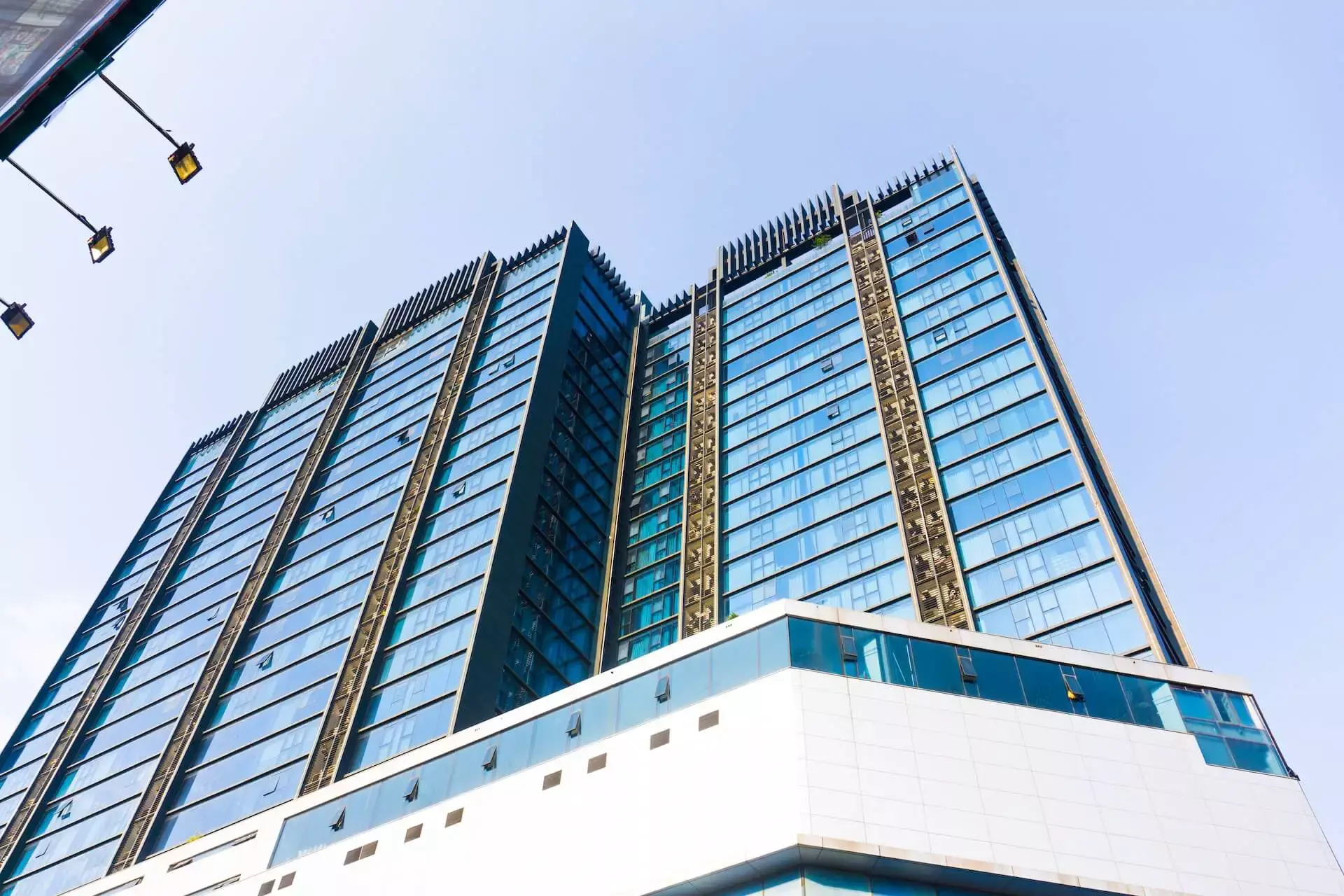 Commercial real estate 3D photography showcases commercial properties such as offices, buildings, and warehouses.
Commercial real estate 3D photography showcases commercial properties such as offices, buildings, and warehouses.
With commercial real estate photography, you can effectively market commercial properties for sale or lease. By capturing both the exterior and interior of the property, you can highlight its unique features and generate more interest. Research shows that real estate agents who offer 3D tours receive 82% more engagement than those who do not.
Architectural Real Estate Photography
Architectural real estate photography provides a detailed view of the property's architecture.
This highly technical photography style aims to accurately represent the architectural aspects of the property. Real estate photographers work closely with architects and structural designers to capture the unique features and design elements.
Real Estate Interior Photography
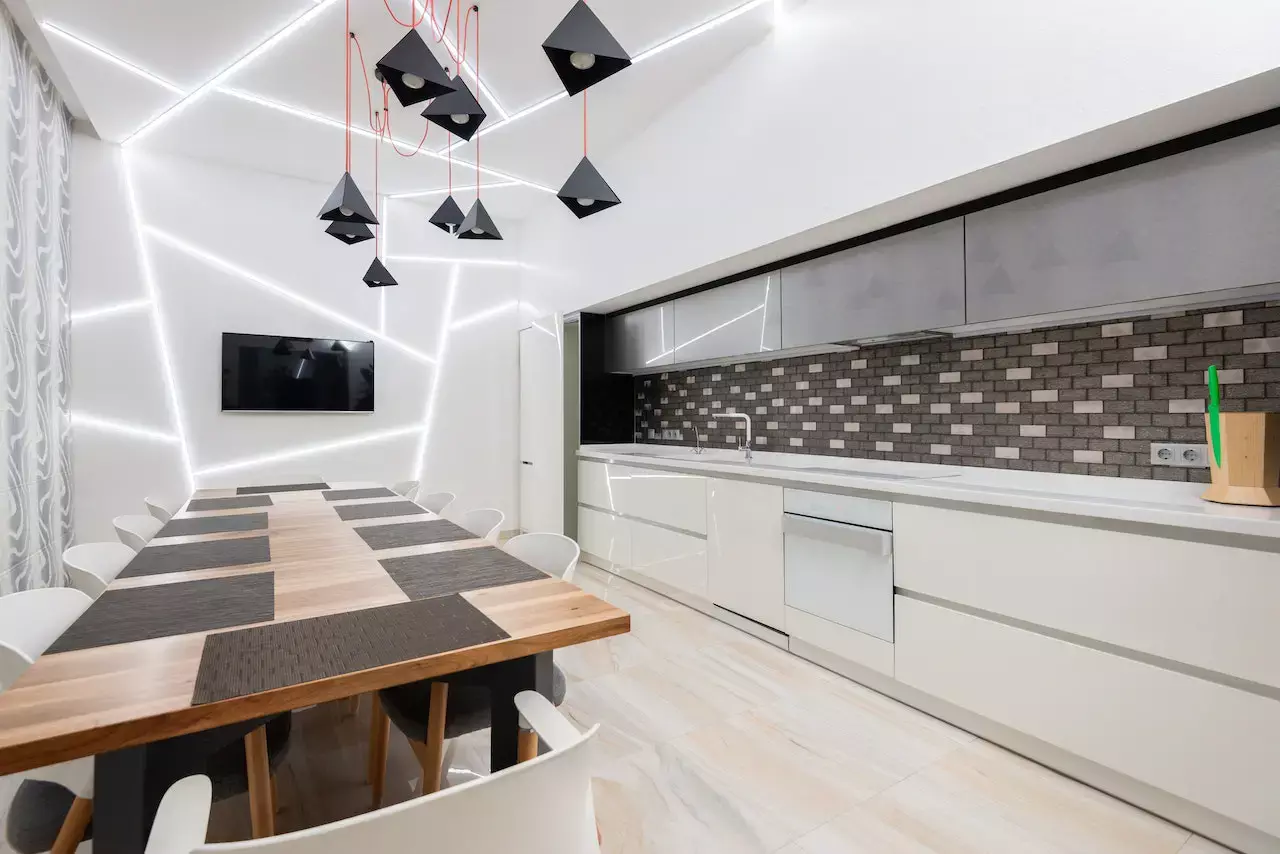 Real estate interior photography focuses on capturing the interiors of properties, showcasing home staging and interior design.
Real estate interior photography focuses on capturing the interiors of properties, showcasing home staging and interior design.
Real estate interior photography encompasses two styles: home staging and interior design. It allows potential buyers to visualize the space and imagine themselves living in a beautifully designed and personalized environment.
Real Estate Drone Photography
Real estate drone photography captures aerial shots of properties using drones.
With the advancement of technology, real estate photography has evolved, and aerial shots have become increasingly popular. Drone photography provides a comprehensive view of the property, its location, and the surrounding environment. Listings that include drone photography are 68% more likely to sell faster.
Best Practices for 3D Real Estate Photography
After understanding the various styles of 3D real estate photography, let's explore some best practices to achieve outstanding results.
Declutter the Property for 3D Photography
Preparing the property is crucial for successful real estate photography, including 3D photography. Clearing clutter and creating a clean and inviting space is essential. Before the photoshoot, make sure to:
- Clean the floors and surfaces to ensure they look neat and presentable
- Arrange furniture and personal belongings in an organized and appealing manner
- Create a welcoming and relaxing ambiance to make potential buyers feel at home
A clutter-free property will attract buyers or renters more quickly.
Selecting the Right Equipment
3D photography requires specialized equipment to capture high-quality images. Some essential equipment includes:
- 360-degree camera with a high FPS for interactive virtual tours
- Tripod with a panoramic head to capture a wider field of view
- Various lenses, such as wide-angle and telephoto lenses, for different perspectives
- Studio lights for even lighting
- Polarizing filter to reduce glare and reflections
- Remote shutter to avoid camera shake
- 3D computer software for post-processing and creating final images
Choosing the right equipment is crucial for achieving excellent results.
Choosing the Best Angles and Perspectives
Experimenting with angles and perspectives is key to capturing captivating 3D real estate photos. Different angles create different effects and can highlight the property's unique features. Some suggestions for angles and perspectives include:
- Eye-level shots for a natural look and added drama
- Drone angles for capturing the property from a vertical perspective
- Low angles to improve the floor-to-ceiling ratio and create a visually appealing space
- Avoid using corner angles as they can distort the room's perspective
By choosing the right angles and perspectives, you can create stunning and dynamic 3D real estate photos.
Highlighting the Home's Special Features
The special features of a property, such as flooring, paint, kitchen sections, and appliances, are essential selling points. When capturing 3D photos, ensure that these features are prominently showcased. Consider adding props like flowers, books, or candles to create an inviting and appealing atmosphere. The more creative and detailed your photos are, the more likely you are to attract potential buyers or renters.
Editing and Post-processing 3D Images
To create a realistic and immersive experience, professional photo editing skills are necessary. Post-processing techniques such as color correction, exposure correction, sharpening, noise reduction, and adding textures can enhance the final 3D images. These techniques help create visually stunning virtual tours that captivate potential buyers or renters.
Benefits of 3D Real Estate Photography
3D real estate photography offers numerous benefits to realtors, sellers, and buyers. Let's explore some of these advantages:
Enhanced Online Presence
High-quality 3D photography allows properties to stand out online. By showcasing your property with immersive 3D virtual tours, you can attract potential buyers or renters. Properties with captivating visual quality rank higher in search engine result pages (SERPs). With 47% of homebuyers searching for information online before contacting a real estate agent, superior visual quality can significantly increase your chances of selling faster.
Increased Engagement
Interactive 3D virtual tours and photos generate high levels of engagement. When you share these captivating virtual tours on social media or websites, potential buyers or renters will be eager to explore them. Matterport statistics indicate that 95% of homebuyers inquire about properties after viewing 3D virtual tours. The ability to move around the property and explore every angle creates an immersive experience that entices buyers and renters.
Better Property Showcasing
Compared to 2D images, 3D images provide a superior presentation. They offer a realistic representation of the property's height, shape, and position. With 3D photography, potential buyers or renters can move around the property, zooming in on specific areas and gaining a better understanding of the details. This enhanced showcasing helps buyers and renters make informed decisions.
Improved Buyer Experience
By providing authentic and high-quality 3D real estate photos, you enhance the buyer's experience. The ability to view the property from all angles fosters trust and confidence in potential buyers. Being transparent and honest about the property can even allow you to charge a higher price, as buyers recognize the value of the property.
Wrap-up
As 3D real estate photography gains popularity, it offers higher engagement and faster sales for realtors and sellers. It has become an essential marketing tool in the real estate industry, especially with limited property showings during and after COVID-19. The future of 3D photography for real estate properties looks promising, with increasing demand and a bright outlook.
In conclusion, mastering the art of 3D real estate photography requires patience, attention to detail, and adherence to best practices. By utilizing this powerful tool, you can enhance your online presence, increase engagement, showcase properties effectively, and provide potential buyers with an exceptional experience.
So why wait? Start incorporating 3D real estate photography into your property listings today and enjoy the numerous benefits it offers. Share your thoughts below and let us know how 3D photography has transformed your real estate business!






